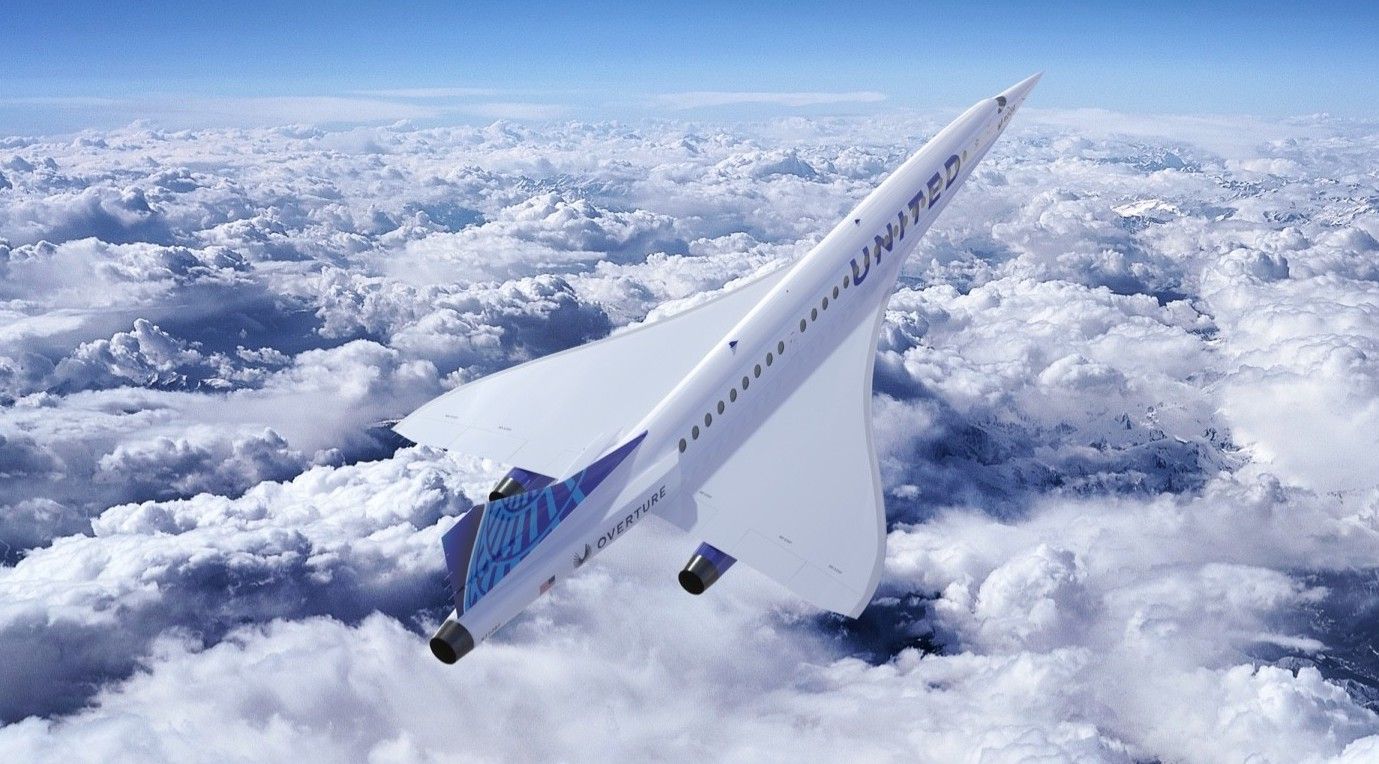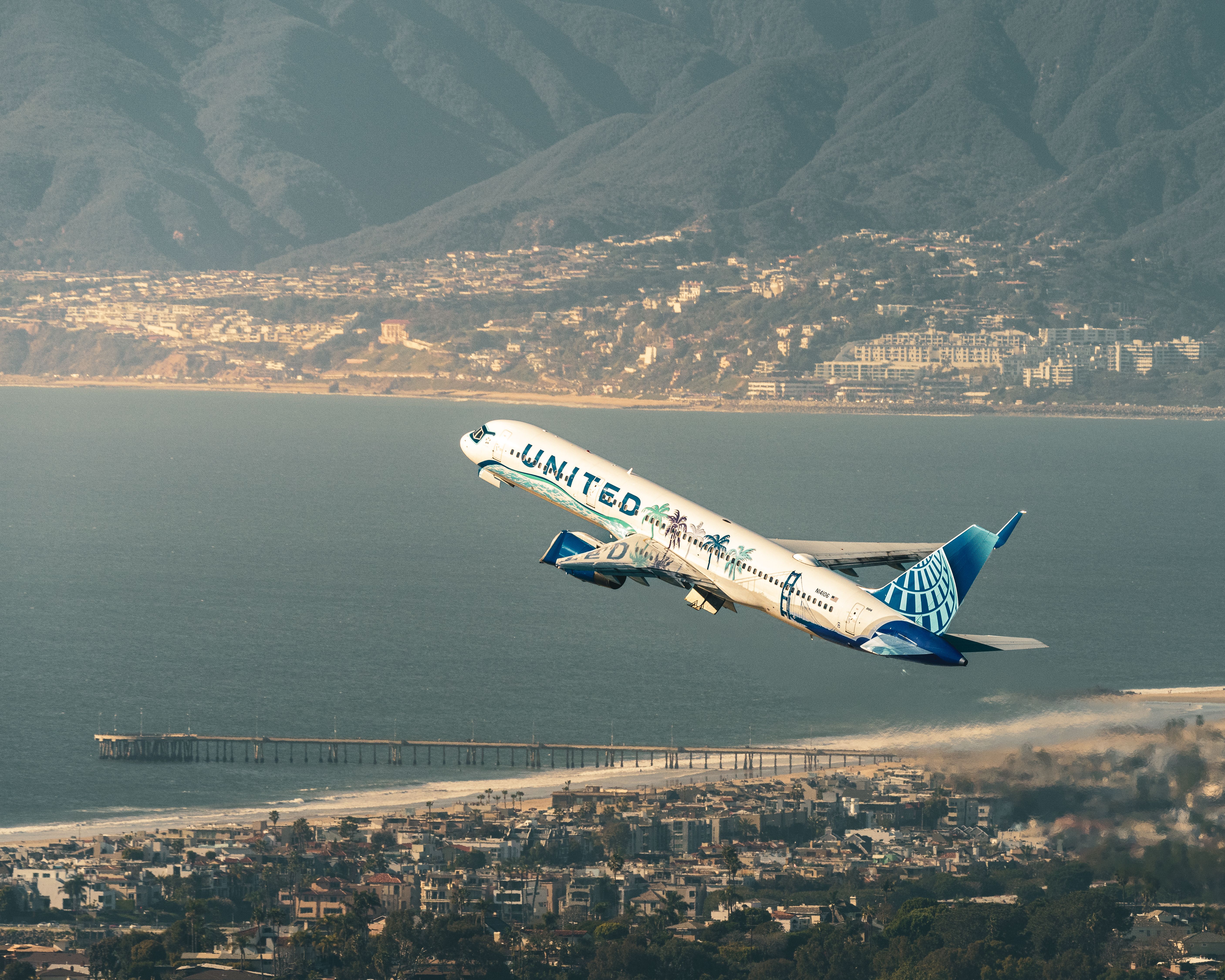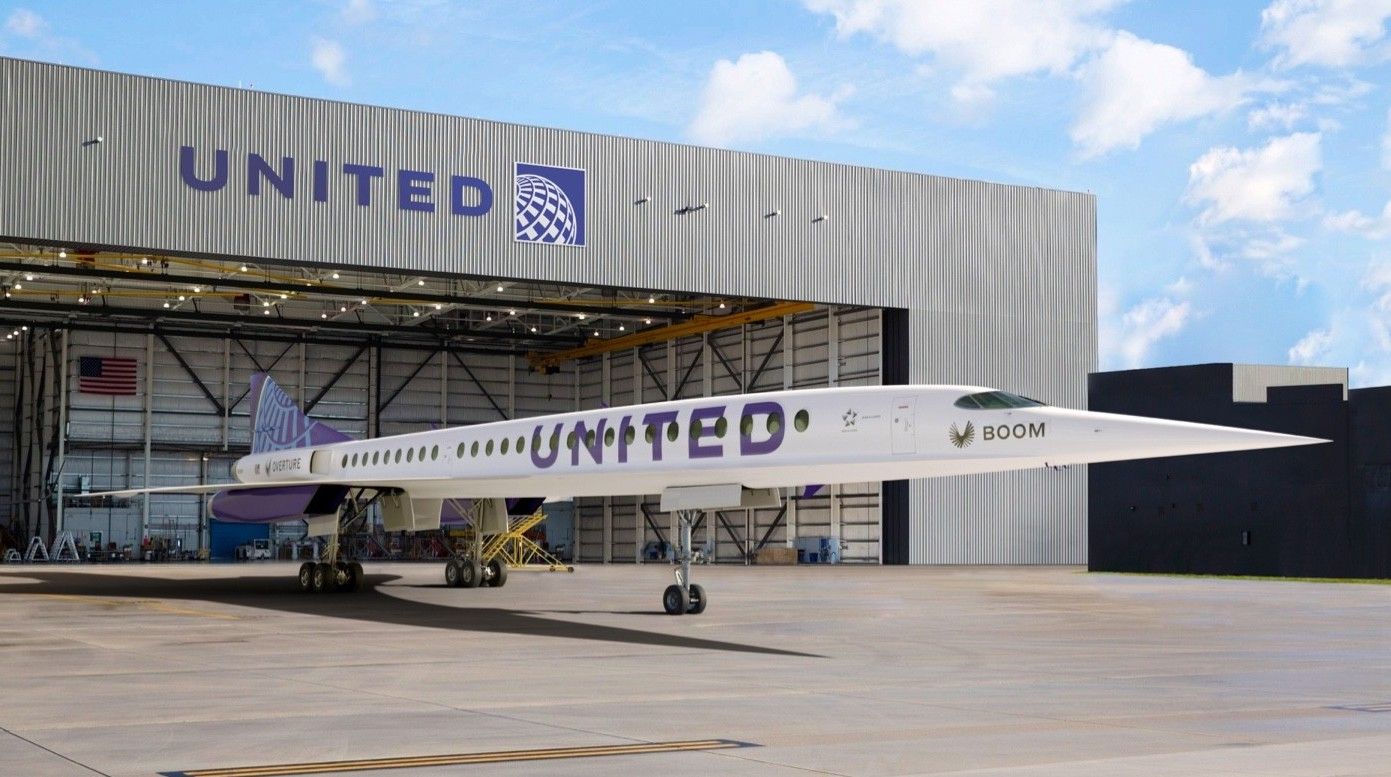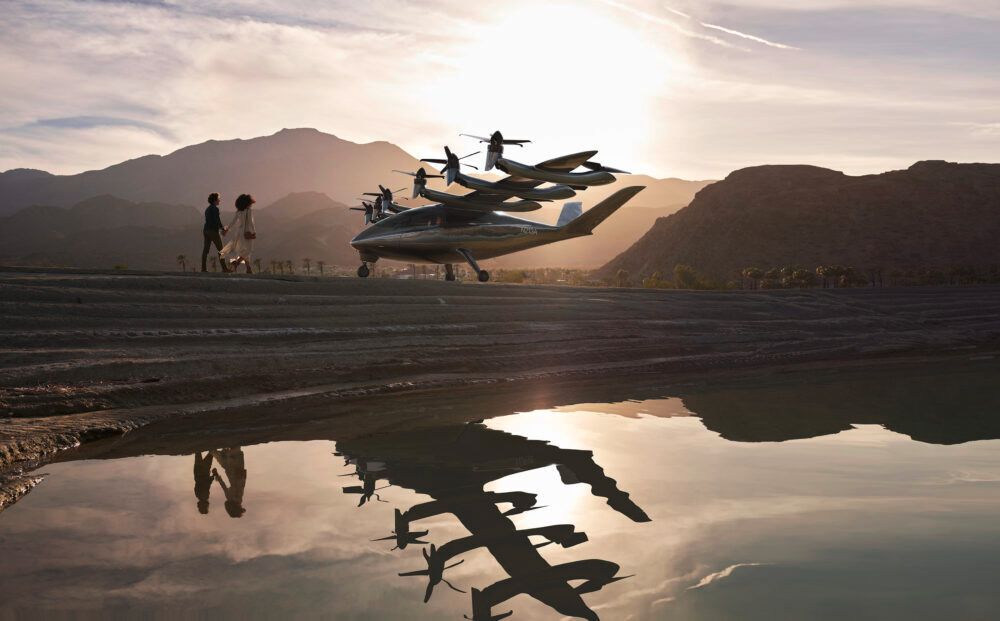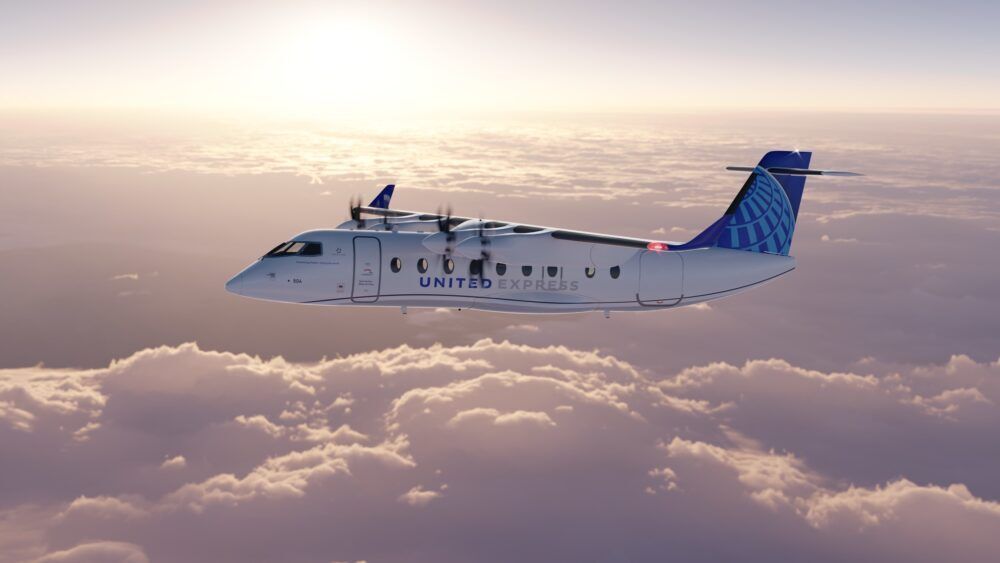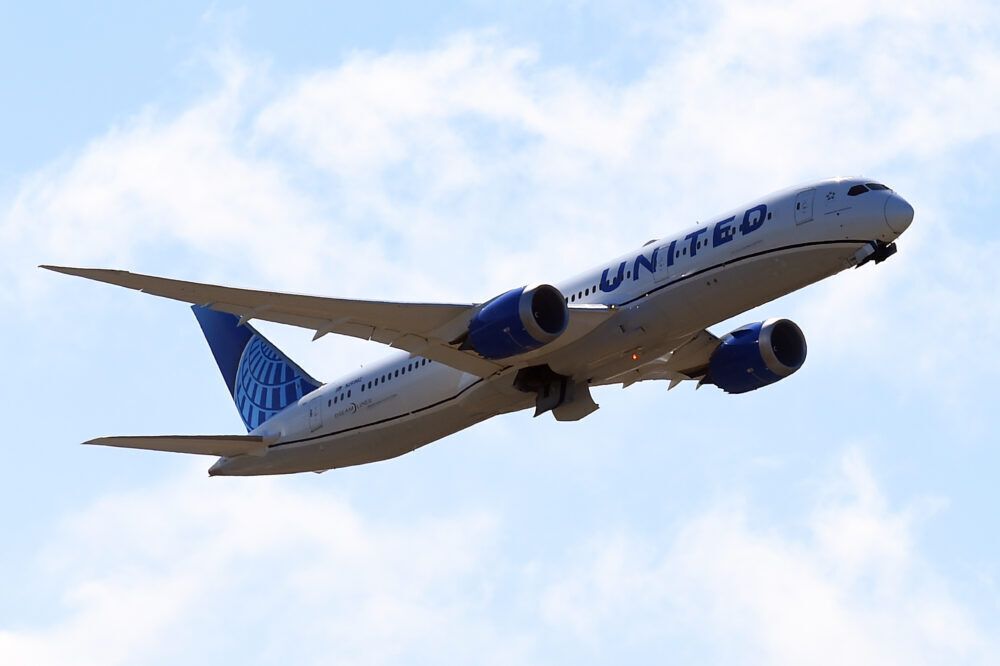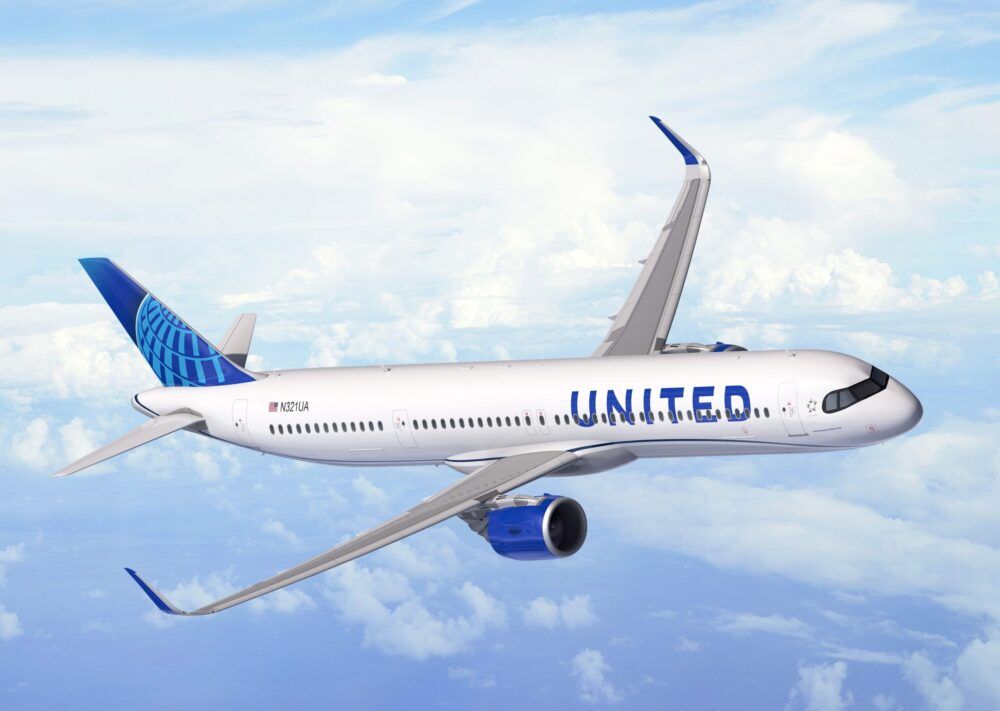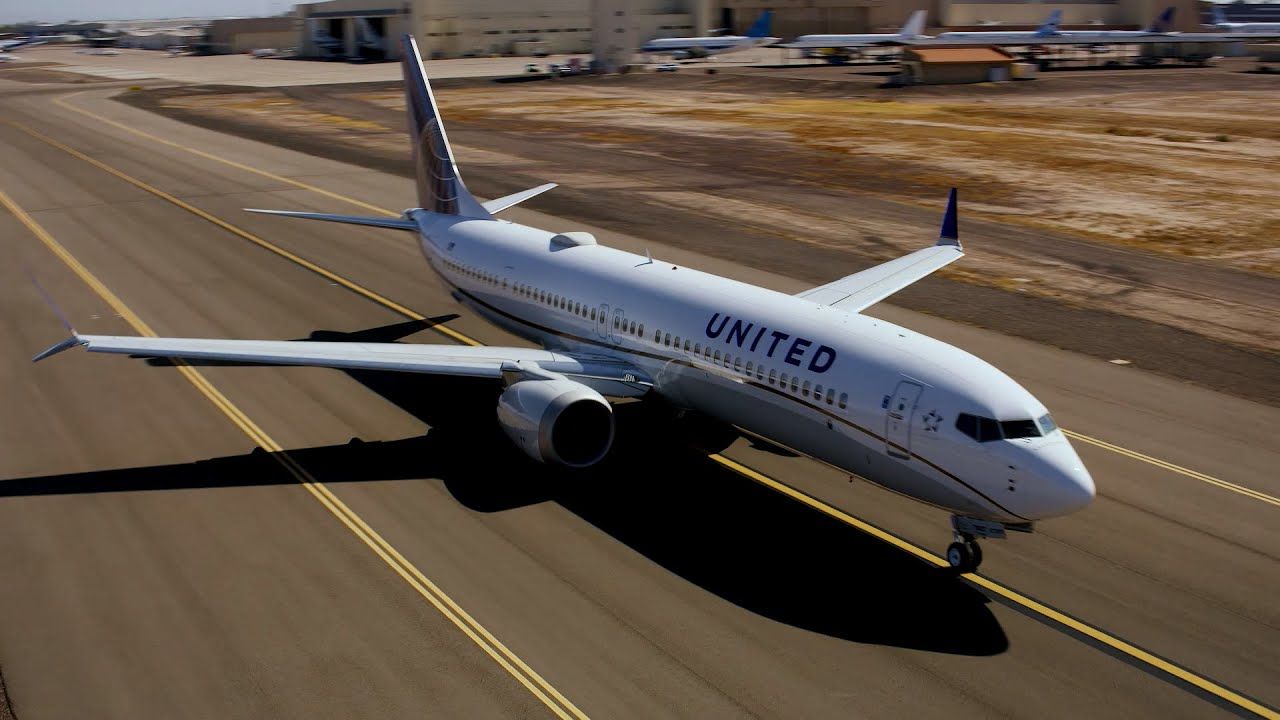United Airlines spent the last few years getting through the pandemic. As the demand environment improves and the airline can fly more customers to more places, it is looking to the future. If all goes according to plan, United Airlines will have one interesting fleet come 2032. Here's what the carrier's fleet could look like in ten years.
The current setup
With a diverse range of Airbus and Boeing aircraft, United holds a fleet of over 500 aircraft. According to ch-aviation, the planes are split by the following.
A319-100 x 97
A320-200 x 97
737-700 x 53
737-800 x 141
737-900 x 12
737-900ER x 136
737 MAX 8 x 16
737 MAX 9 x 32
757-200 x 51
757-300 x 21
767-300ER x 38
767-400ER x 16
777-200 x 19
777-200ER x 55
777-300ER x 22
787-8 x 12
787-9 x 38
787-10 x 13
The return of supersonic
United Airlines has placed an order for 15 of the Boom Overture airliners, with conditions that the aircraft have to meet the carrier's safety, operating, and sustainability requirements. In addition, United has options to take 35 more aircraft.
The aircraft is expected to carry passengers starting in 2029 if all goes well. The real question with these jets is where and how United Airlines will fly these aircraft. The Concorde, the last major supersonic airliner, was limited by its range, by limitations of operating at supersonic speeds over land due to sonic boom concerns, and limited markets where the aircraft made good business sense.
The aircraft's three potential routes are Newark to London, Newark to Frankfurt, and San Francisco to Tokyo. More could certainly follow once the airline figures out how regulatory agencies and consumers will react to the plane.
Turning to something new: eVTOLs
One of the newer investments in the airline industry is for electric vertical takeoff and landing (evTOL) aircraft. These small aircraft are designed to use electric motors and function as air taxis in urban markets.
United Airlines has invested in Archer, an air mobility company, to operate up to 200 of Archer's eVTOLs in partnership with Mesa Airlines. The eVTOLs are expected to travel to distances up to 60 miles at speeds of up to 150 miles per hour.
These planes are primarily designed to connect local points at United's hubs to the airport. For example, the airline could market an air taxi option from Hollywood to Los Angeles International Airport (LAX) and help passengers avoid the traffic of cars. Other options could be connecting Washington-Dulles (IAD) with points closer to the National Mall in Washington D.C. or connecting Newark Liberty International Airport (EWR) with points in Manhattan, Queens, or Brooklyn, thereby making the journey to Newark a little easier.
There are still a lot of unanswered questions surrounding eVTOLs. Archer is targeting consumer flights from 2024, though it will need to get regulatory approval. After that, the question will be how these aircraft can operate in some congested airspace and what kinds of locations within cities these aircraft will be able to land and take off from.
eVTOLs are getting a lot of attention from airlines across the world. However, the entry into service could perhaps be a little optimistic. Nevertheless, this could be an exciting development.
Electric short-haul regional jets
United Airlines has signed an agreement with Breakthrough Energy Ventures (BEV) and Mesa Airlines for investment in startup Heart Aerospace. Heart Aerospace is developing a 19-seat electric aircraft that can fly customers up to 250 miles.
United has placed a conditional order for 100 ES-19 once the aircraft meet United's safety, business, and operating requirements. Mesa has also agreed to add 100 ES-19s to its fleet, subject to similar requirements.
The ES-19 is designed to utilize electric motors instead of jet engines. These aircraft will mimic some of the turboprop aircraft operations worldwide by running short-haul operations to smaller destinations.
For example, United Airlines has looked at adding regional routes from Chicago O'Hare International Airport (ORD) to Purdue University Airport (LAF) and from San Francisco International Airport (SFO) to Modesto City-County Airport (MOD).
Like eVTOLs, there are plenty of unanswered questions around the ES-19. Questions of where the planes will be charged, the business case surrounding them, and how airport infrastructure at major hubs will need to adapt to handle these planes are yet to be revealed.
Hydrogen ambition
Notably, at the end of 2021, United Airlines committed to a hydrogen-electric future with an equity stake in ZeroAvia. The company shared that it invested in zero-emission engines for its regional planes. ZeroAvia completed the world's first hydrogen fuel cell-backed flight of a commercial-grade aircraft in 2022 and continues to shake up the prospects of hydrogen aviation.
United has a target to reduce its greenhouse gas emissions "100% by 2050." Without relying on carbon offsetting schemes, this is a mammoth task. Thus, ZeroAvia's initiatives will go a long way this decade.
Stay informed: Sign up for our daily and weekly aviation news digests.
The traditional jet aircraft
Much of United's fleet will be traditional jet aircraft. There are three certain types that will be flying for United: the Airbus A321neo family, the Boeing 737 MAX, and Boeing 787 families.
United will also likely continue to fly its Boeing 777-300ERs, which are newer, and a healthy fleet of Boeing 737 Next Generation jets. How many of each type, however, remains to be seen.
Almost certain retirements would be the Boeing 757s, which will depart in the middle of this decade, and the Boeing 767s. The Airbus A319s and A320s are getting a little older and may be retired heading into the 2030s.
United Airlines will likely have enough jets to replace the Boeing 757s, thanks to an order book including Airbus A321XLRs, A321neos, and Boeing 737 MAX jets. The carrier grabbed headlines last summer when it announced that it ordered 200 MAXs and 70 A321neos.
The real question will be how United replaces the 777-200ERs and the Airbus A320 family of aircraft. Certainly, more orders for the A321neo or 737 MAX could expand the narrowbody fleet.
Do not forget that United Airlines is also sitting on an order for 45 Airbus A350-900s. The airline, which previously has had very strong ties with Boeing and operated a predominantly Boeing fleet, has not been shy about taking on Airbus jets, including older A319s or A320s.
The A350-900s can help replace the Boeing 777s. Still, United will likely also be turning to more 787s to replace the Boeing 767s, which are also expected to be retired in this decade, favoring newer, more fuel-efficient aircraft. United is keenly focused on reaching net-zero emissions by 2050, and taking on greener aircraft will be a big part of that commitment. The A350s are scheduled to come from 2027 onwards, so United has time before making a decision.
Then again, Boeing is also going to likely offer some new types in the market. This could include the hotly anticipated aircraft that could serve as a successor to the Boeing 757. Details on that jet are a little scarce for now, but United would certainly be a key player in any decisions on that new plane.
United is certainly gearing up to have a very interesting fleet in ten years. Some newer technologies like eVTOLs, electric regional aircraft, or supersonic jets may still be under development in 2030 and beyond. Nevertheless, United is certainly showing that it is willing to try out something new, which could pay off really well for the carrier.
What do you think United's fleet will look like in ten years? Which of these types are you most interested in flying on? Let us know what you think in the comment section.

